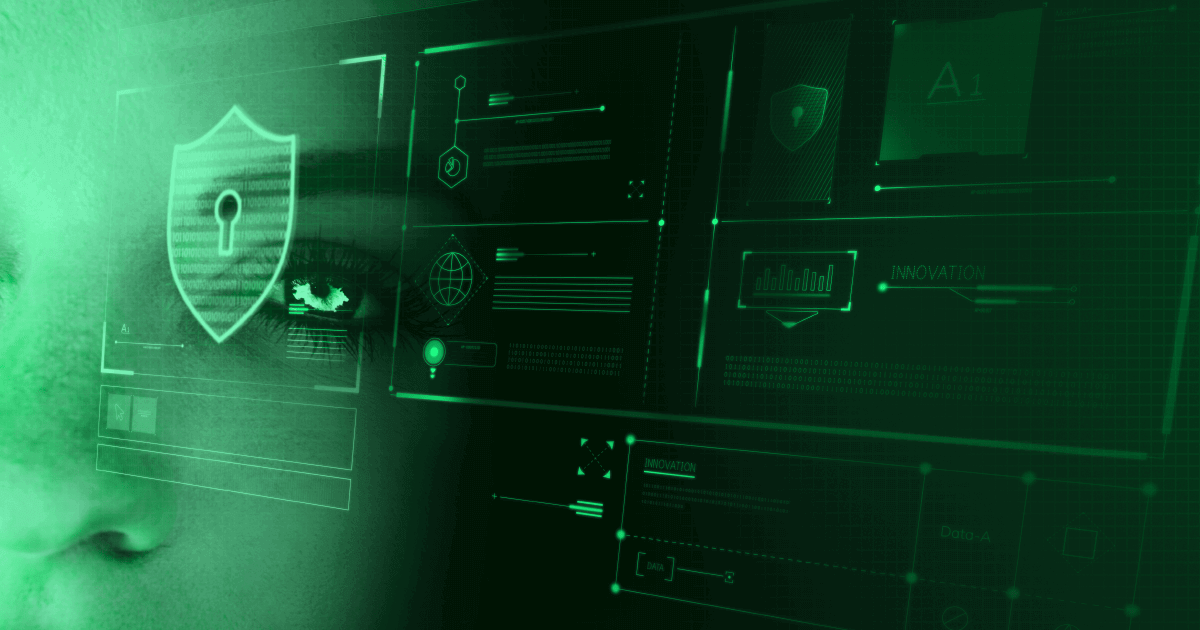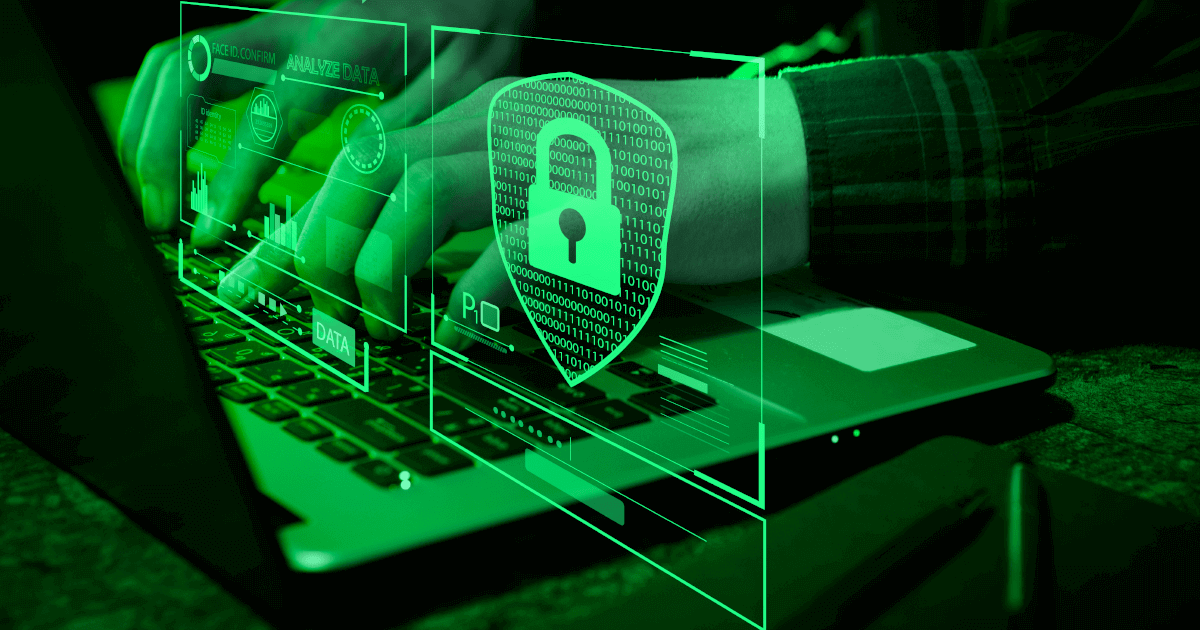As technology continues to evolve at a rapid pace, cybersecurity risks faced by businesses likewise continue to grow more advanced and complex. In today’s digital landscape, proactive vulnerability management is a business imperative for any organization seeking to safeguard their systems and data from ever-evolving cyber threats. This in-depth guide covers the top strategies that security experts recommend for identifying weaknesses before attackers can exploit them.
Conduct Regular Vulnerability Scanning
Vulnerability scanning involves using automated software to scan networks and systems on a scheduled basis to detect known vulnerabilities. Regular scanning allows businesses to identify vulnerabilities early and mitigate risks before they can be compromised. Leading practices suggest scanning internal systems weekly and internet-facing systems daily.
Prioritize Remediation of High-Risk Vulnerabilities
Not all vulnerabilities pose equal risk. Prioritization is key to remediation efforts. Using a risk-based approach, vulnerabilities should be categorized as high, medium, or low risk based on factors like exploitability and business impact. High-risk issues threatening critical assets deserve immediate attention.
Develop and Enforce a Patch Management Policy
A well-defined patch management policy is the cornerstone of any proactive vulnerability management program. The policy should outline responsibilities, timelines, testing procedures and documentation requirements for deploying software updates and patches. Automation helps ensure all systems receive security fixes within a specified window.
Implement Strong Access Controls with Multi-Factor Authentication
Multi-factor authentication (MFA) provides an additional layer of access security beyond just a password by requiring two or more credentials for authentication. MFA is effective for protecting high-value accounts and preventing unauthorized access in the event of a stolen or weak password.
Conduct Regular Employee Security Awareness Training
People remain the weakest link in many organizations’ security posture. Ongoing training teaches employees how to identify social engineering tactics like phishing and how to report suspicious activity. Training should be tailored to different employee roles and include a simulated phishing campaign to test retention.
Back Up Critical Data and Systems Regularly
Data backups create recoverable copies of important business data and system configurations. Testing restore procedures regularly confirms the ability to recover from a ransomware attack or other data loss incident. Air-gapped or offline backups provide an additional layer of protection.
Engage Qualified Security Experts for Guidance
No organization has unlimited security resources or expertise. Partnering with a managed security services provider gives businesses access to the latest threat intelligence and guidance from security specialists. Experts can also perform external vulnerability assessments and penetration tests to identify weaknesses.
In Conclusion
Proactive vulnerability management requires ongoing diligence but is critical for any organization seeking to protect their business-critical systems and data from evolving cyber threats. The strategies outlined here form the foundation of a comprehensive program that can help reduce risk and strengthen security posture over time.



